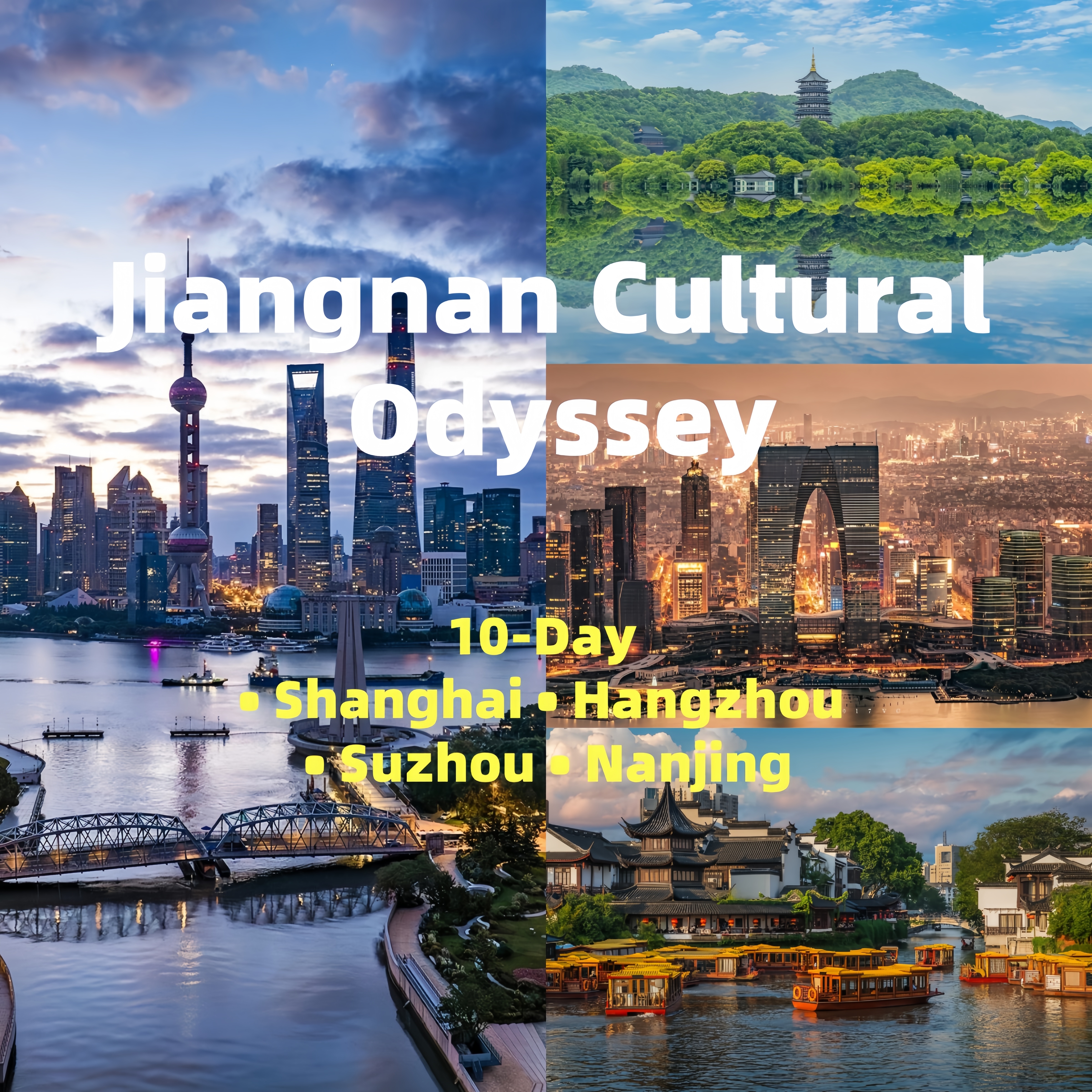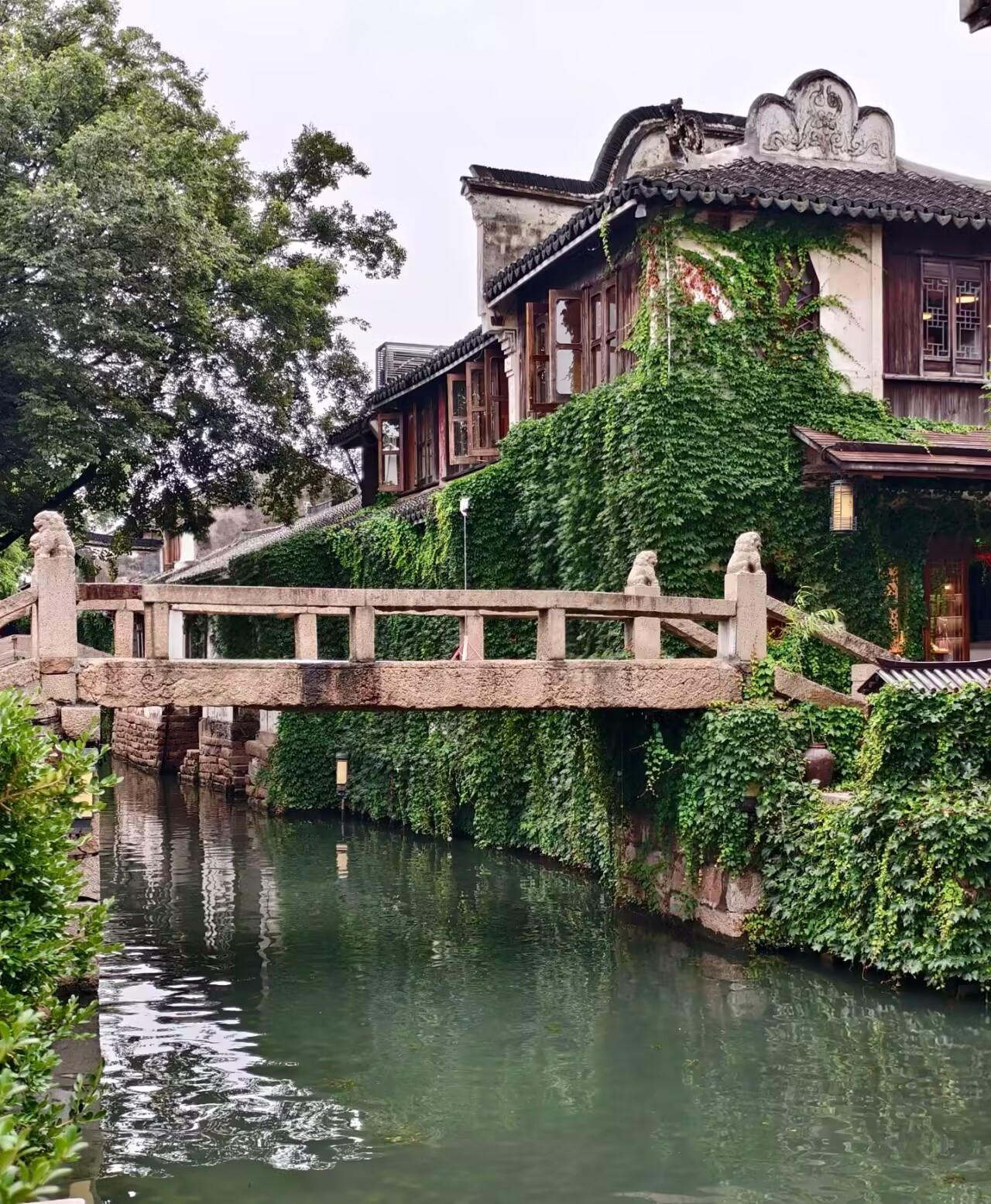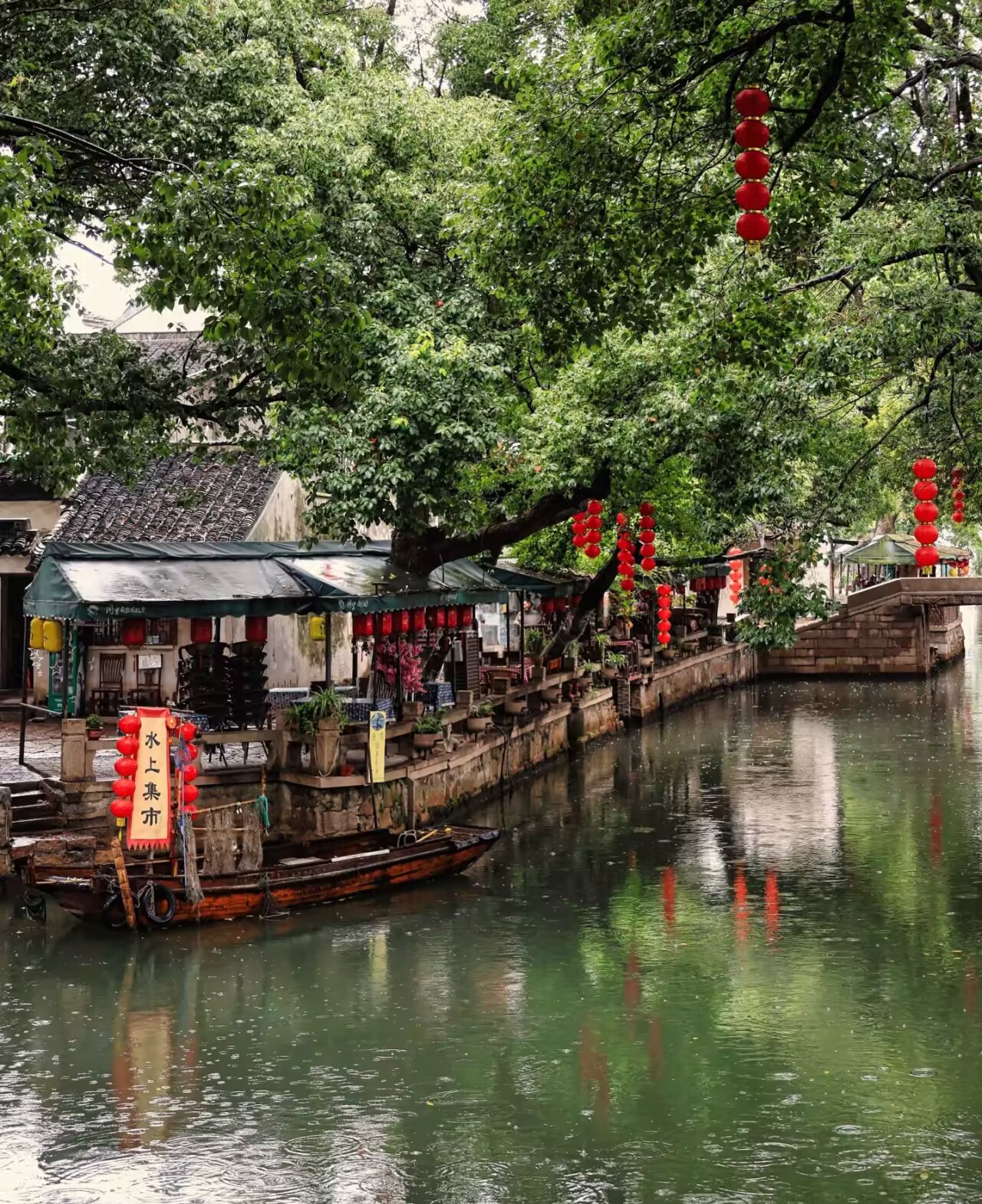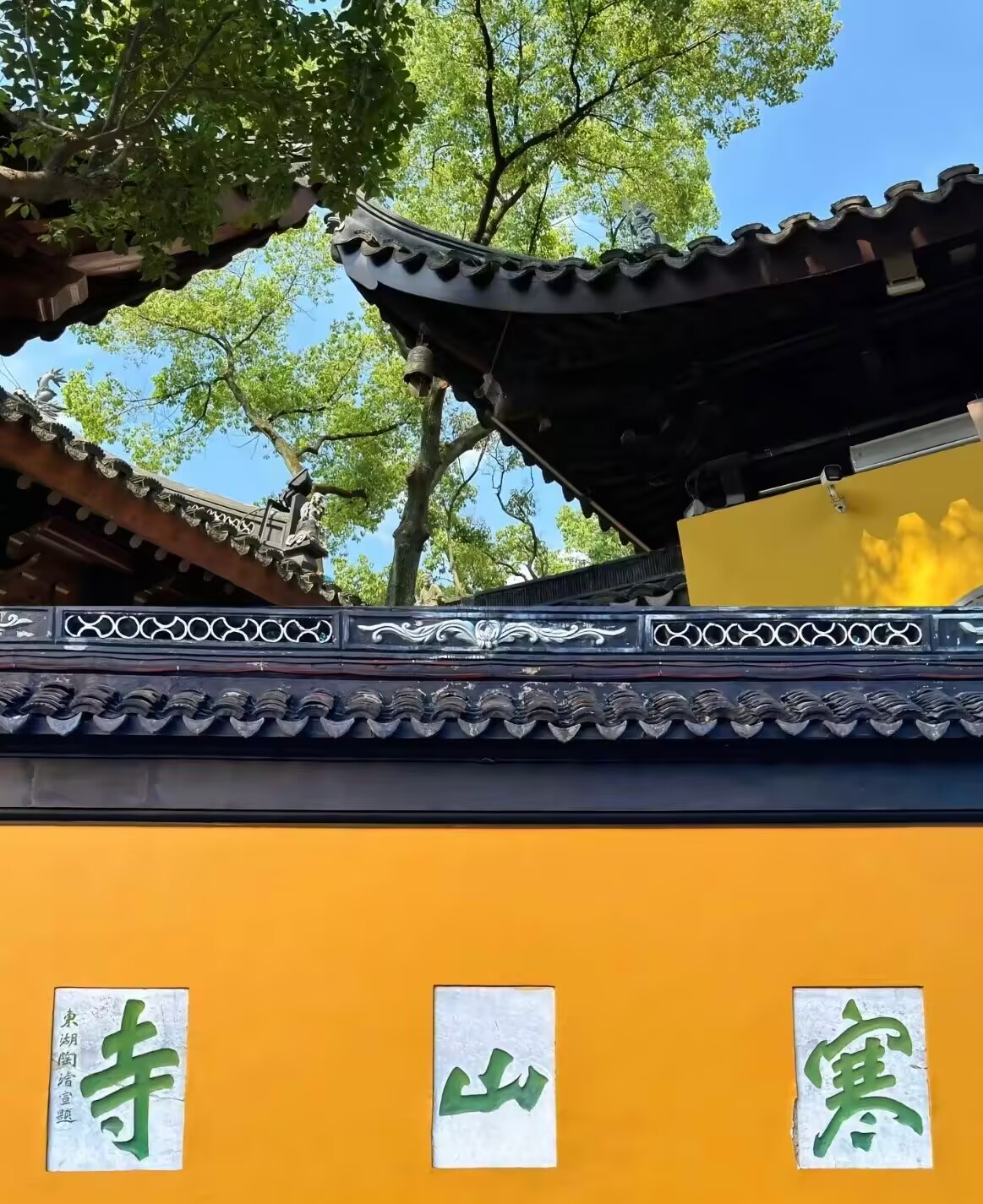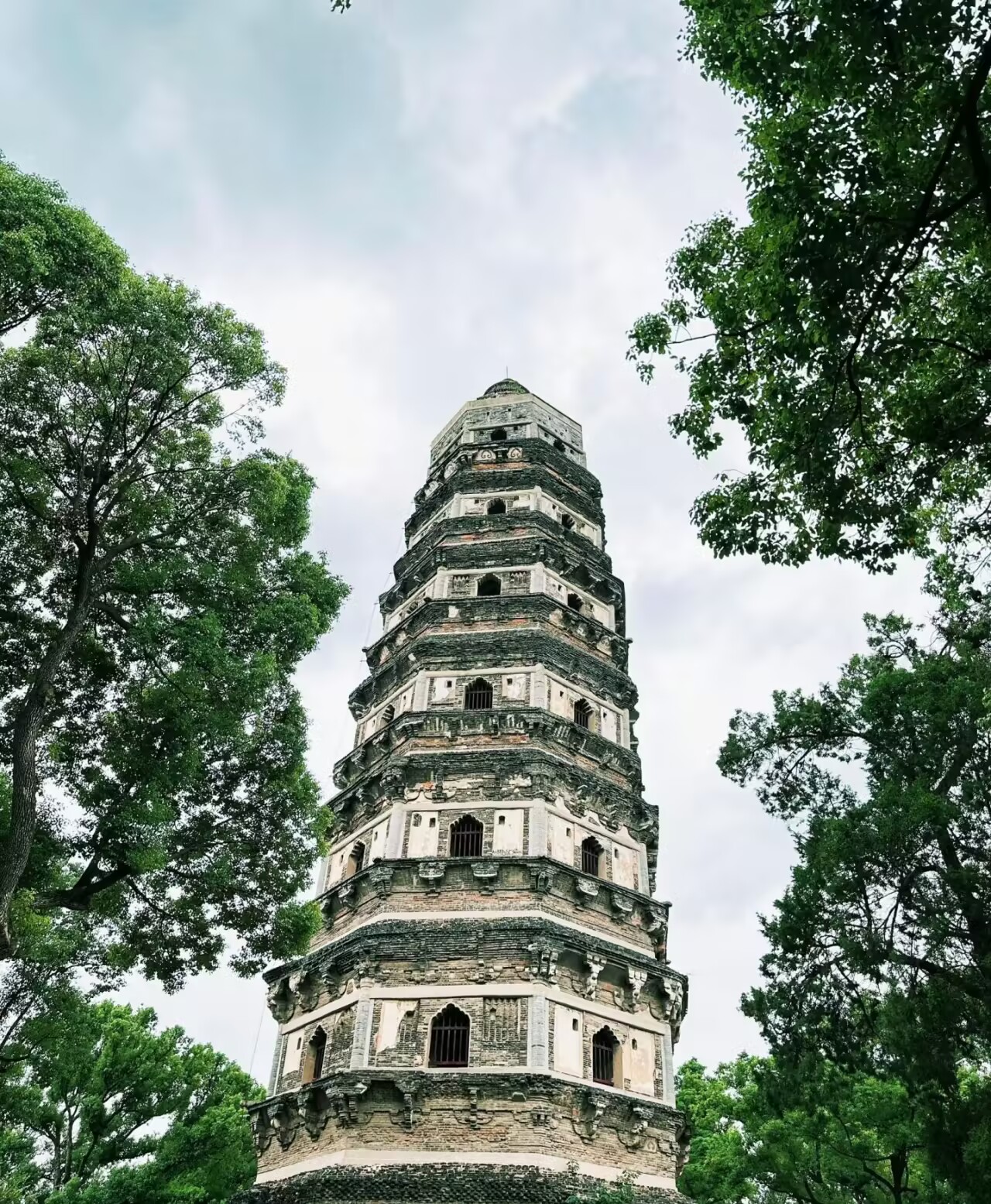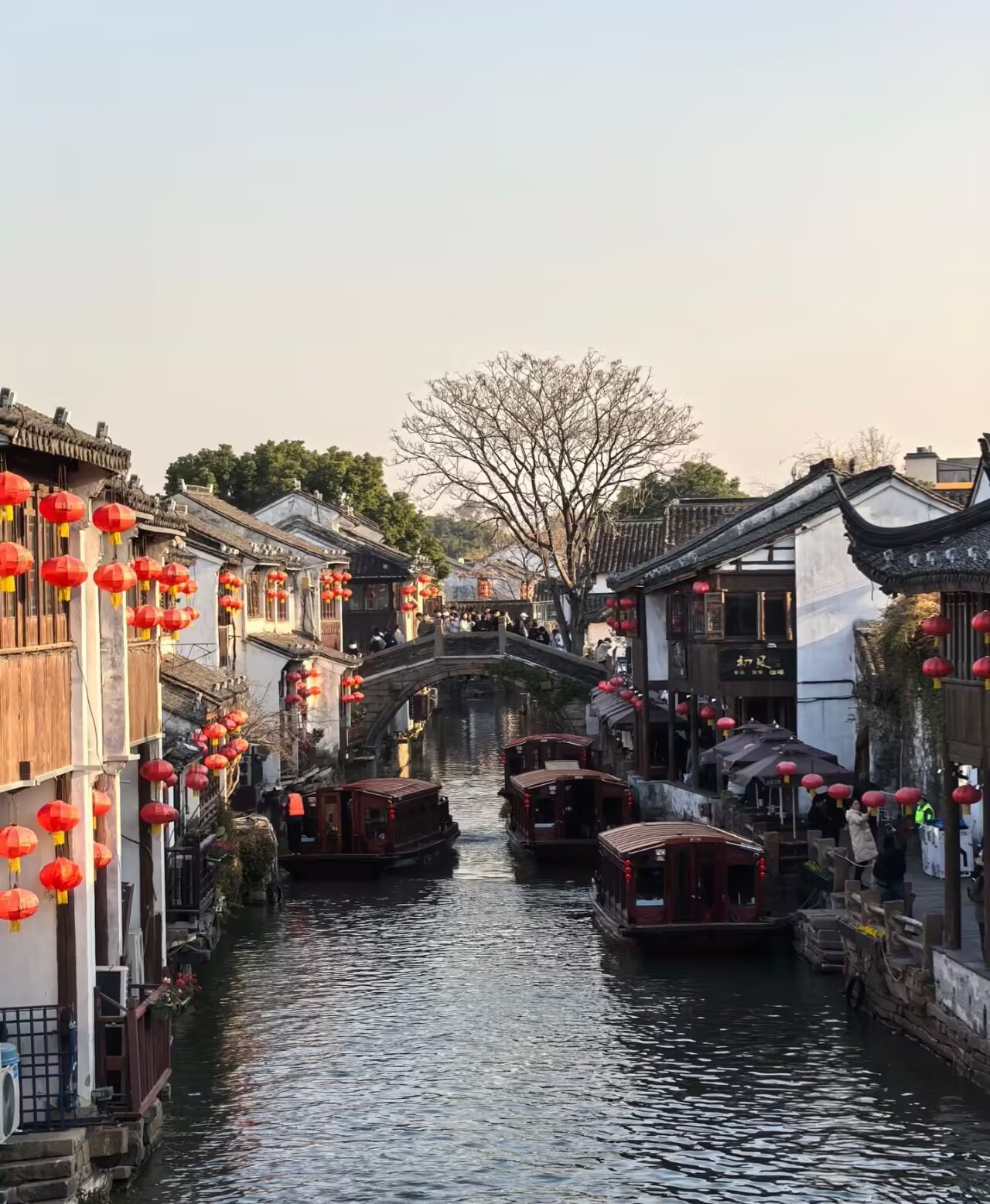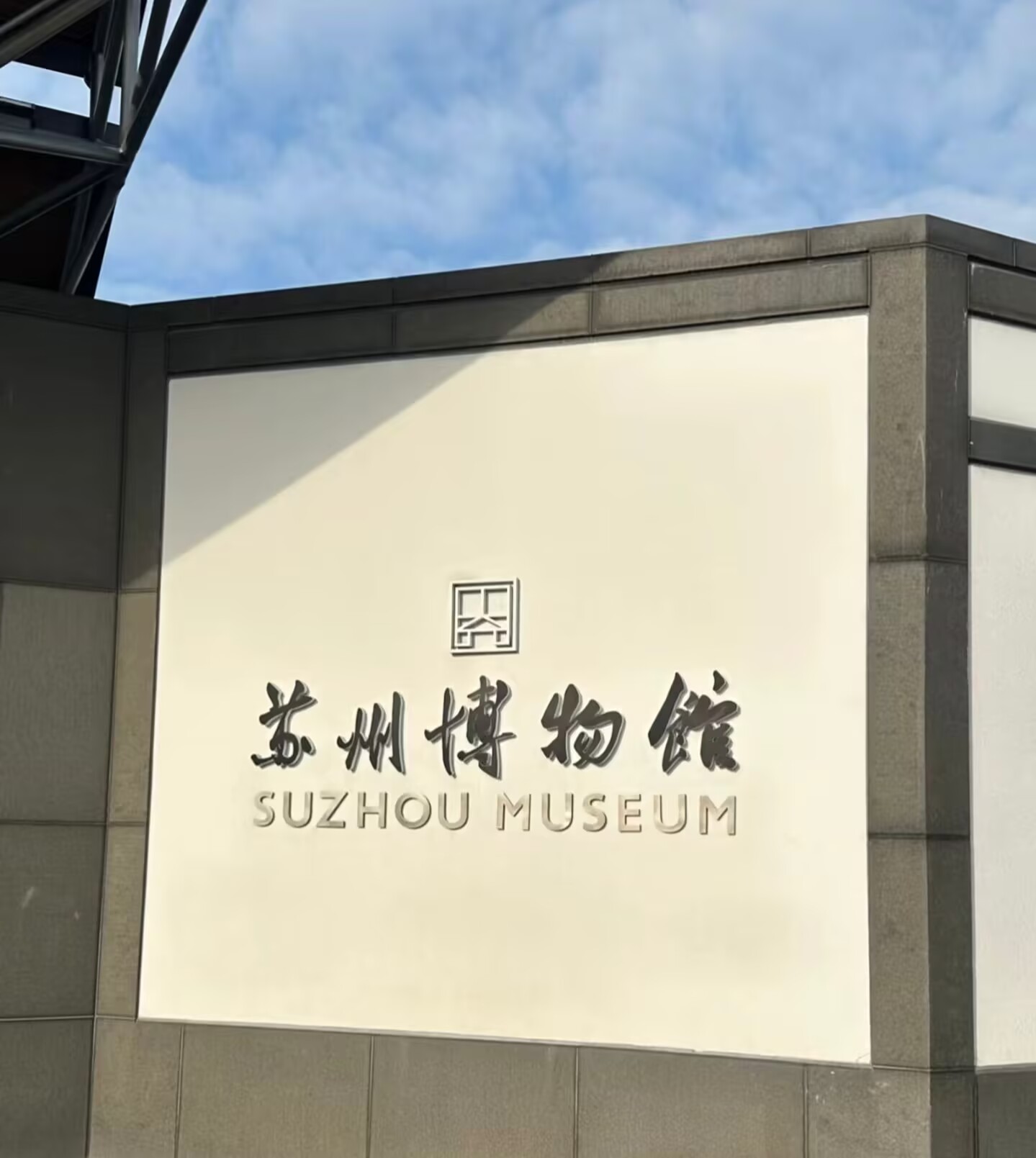

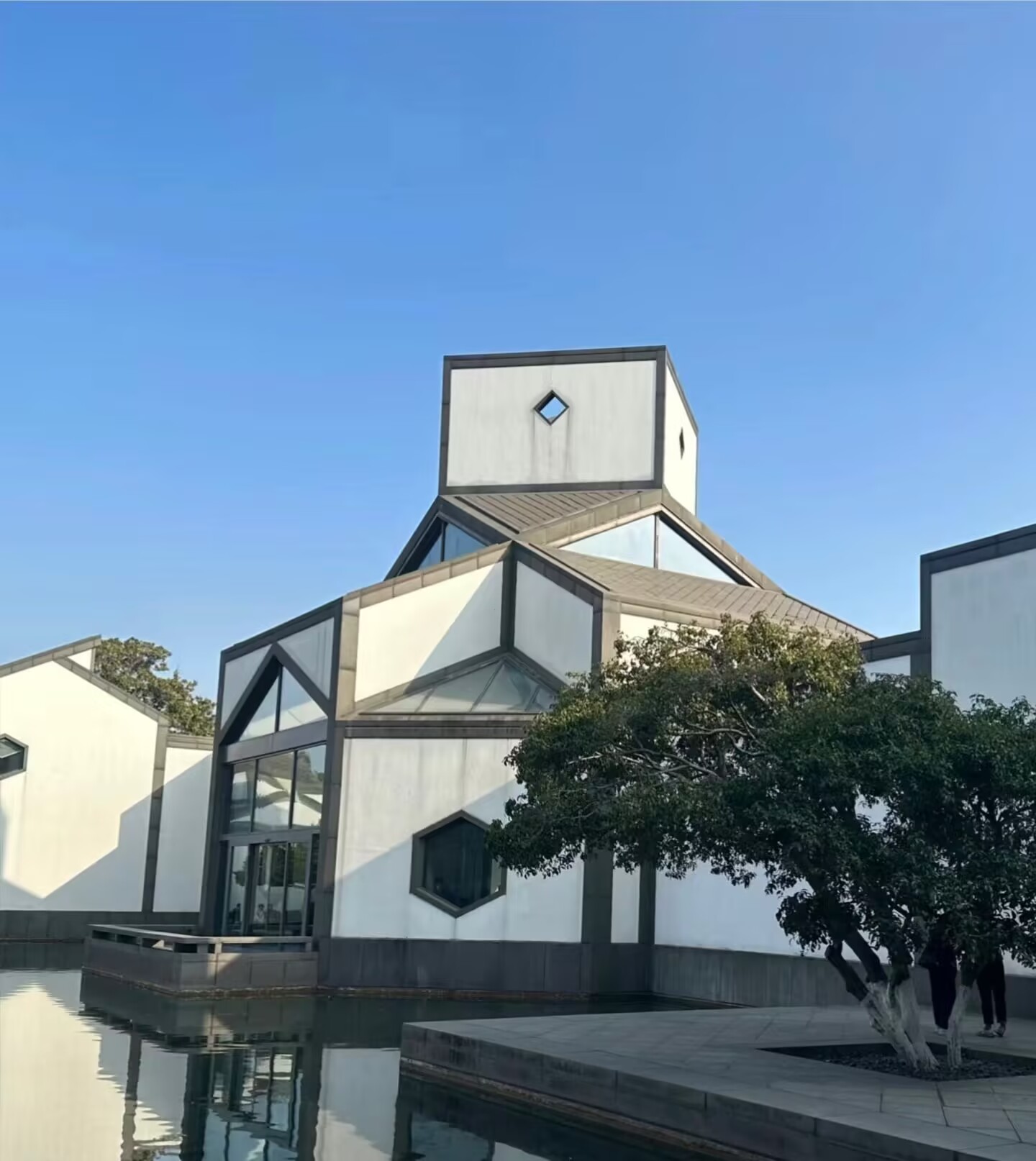
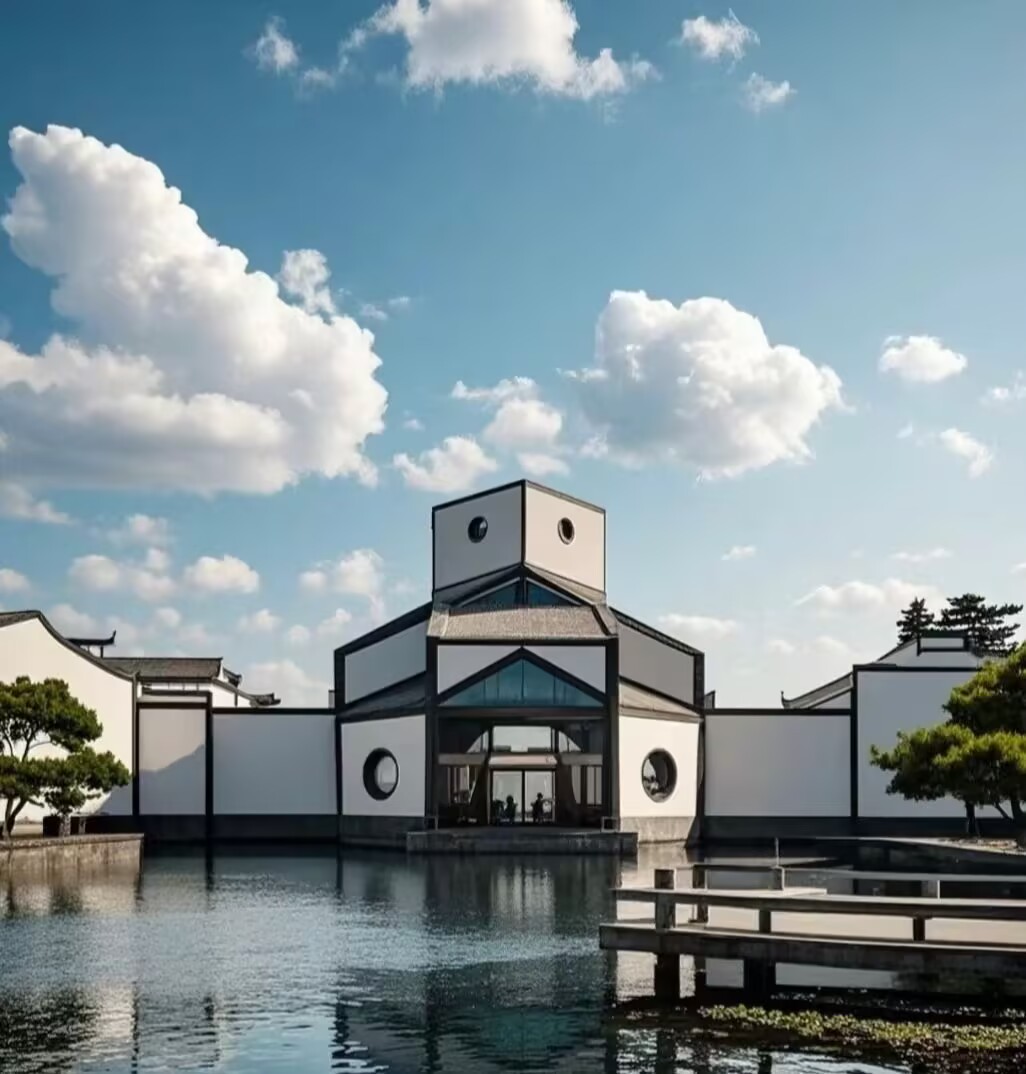
Suzhou Museum
Suzhou Museum is a comprehensive local museum centered on Jiangnan culture, serving as a modern art hub for cultural relic research, exhibition, preservation, collection, and education in Suzhou. Established in January 1960, its original site was the Zhongwang Mansion of the Taiping Heavenly Kingdom. The current main building, designed by world-renowned Chinese architect I.M. Pei, opened to the public in October 2006. Strategically located within a historic preservation district, it adjoins the Humble Administrator’s Garden and the Zhongwang Mansion, seamlessly integrating into the city’s cultural landscape.
Information
Ticket price
Time
Location
204 Dongbei St, Gusu District, Suzhou, Jiangsu, China
View maps
More about the trip
Suzhou Museum: A Modern Masterpiece Housing Ancient Treasures
Suzhou Museum is a comprehensive local museum centered on Jiangnan culture, serving as a modern art hub for cultural relic research, exhibition, preservation, collection, and education in Suzhou. Established in January 1960, its original site was the Zhongwang Mansion of the Taiping Heavenly Kingdom. The current main building, designed by world-renowned Chinese architect I.M. Pei, opened to the public in October 2006. Strategically located within a historic preservation district, it adjoins the Humble Administrator’s Garden and the Zhongwang Mansion, seamlessly integrating into the city’s cultural landscape. It is a must-visit for art and history enthusiasts.
What to See and Do
I.M. Pei's Architecture: The museum building itself is a masterpiece of modern architecture, blending traditional Suzhou garden aesthetics with contemporary design. Pei, a Suzhou native, used geometric shapes, natural light, and local materials (like white plaster and dark gray granite) to create a harmonious and serene space. The interplay of light and shadow is particularly striking.
Exquisite Collections: Explore the museum's vast collection of artifacts, primarily focusing on the history and art of Suzhou and the Jiangnan region. Highlights include:
- Ancient Ceramics: A rich collection of pottery and porcelain from various dynasties.
- Jade and Bronze Ware: Exquisite jade carvings and ancient bronze artifacts.
- Calligraphy and Painting: Masterpieces of Chinese calligraphy and traditional paintings.
- Suzhou Crafts: Displays of local crafts such as silk embroidery, fans, and musical instruments.
Zhongwang Mansion (忠王府): The original site of the museum, this is the former residence of Li Xiucheng, a prince of the Taiping Heavenly Kingdom. It's a beautifully preserved traditional Chinese mansion with intricate carvings and murals, offering a glimpse into a significant period of Chinese history.
Integration with Nature: The museum's design incorporates traditional garden elements, with ponds, rockeries, and bamboo groves visible through large windows, blurring the lines between indoor and outdoor spaces.
Best Time to Visit
The museum is an indoor attraction, making it suitable for visiting year-round. Weekdays are generally less crowded than weekends and public holidays. Arrive early to avoid long queues, especially during peak season.
How to Get There
Suzhou Museum is located in Gusu District, adjacent to the Humble Administrator's Garden. Take Metro Line 4 to Beisi Pagoda Station (北寺塔站) and then walk for about 15-20 minutes, or take a short taxi ride. Several bus routes also stop near the museum.
Travel Tips
Allow ample time: Plan for at least 2-3 hours to explore the museum thoroughly.
Wear comfortable shoes: You'll be doing a lot of walking.
Free admission: Admission is free, but you might need to make an online reservation in advance, especially during peak times.
Combine with Humble Administrator's Garden: The museum is right next door to the Humble Administrator's Garden, making it easy to visit both attractions together.

